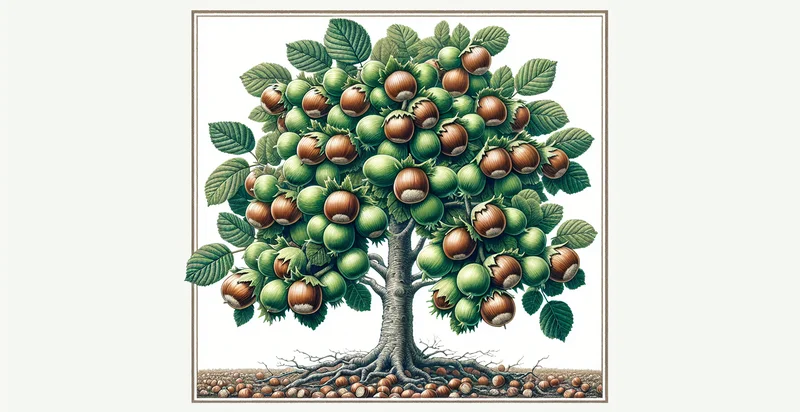Identify hazelnut tree species
using AI
Below is a free classifier to identify hazelnut tree species. Just upload your image, and our AI will predict what species of hazelnut tree it is - in just seconds.

Contact us for API access
Or, use Nyckel to build highly-accurate custom classifiers in just minutes. No PhD required.
Get started
import nyckel
credentials = nyckel.Credentials("YOUR_CLIENT_ID", "YOUR_CLIENT_SECRET")
nyckel.invoke("hazelnut-tree-species", "your_image_url", credentials)
fetch('https://www.nyckel.com/v1/functions/hazelnut-tree-species/invoke', {
method: 'POST',
headers: {
'Authorization': 'Bearer ' + 'YOUR_BEARER_TOKEN',
'Content-Type': 'application/json',
},
body: JSON.stringify(
{"data": "your_image_url"}
)
})
.then(response => response.json())
.then(data => console.log(data));
curl -X POST \
-H "Content-Type: application/json" \
-H "Authorization: Bearer YOUR_BEARER_TOKEN" \
-d '{"data": "your_image_url"}' \
https://www.nyckel.com/v1/functions/hazelnut-tree-species/invoke
How this classifier works
To start, upload your image. Our AI tool will then predict what species of hazelnut tree it is.
This pretrained image model uses a Nyckel-created dataset and has 13 labels, including Corylus Americana, Corylus Avellana, Corylus Chinensis, Corylus Colurna, Corylus Cornuta, Corylus Fargesii, Corylus Ferox, Corylus Heterophylla, Corylus Lata and Corylus Mandshurica.
We'll also show a confidence score (the higher the number, the more confident the AI model is around what species of hazelnut tree it is).
Whether you're just curious or building hazelnut tree species detection into your application, we hope our classifier proves helpful.
Related Classifiers
Need to identify hazelnut tree species at scale?
Get API or Zapier access to this classifier for free. It's perfect for:
- Agricultural Quality Control: Implementing the hazelnut tree species identifier can help farmers and agricultural inspectors verify the species of hazelnut trees in orchards. This ensures that the right cultivation practices and environmental conditions are applied, improving crop quality and yield.
- Biodiversity Research: Researchers focused on biodiversity can utilize the classifier to assess and monitor the presence of different hazelnut tree species within various ecosystems. This can assist in ecological studies, conservation efforts, and understanding species distribution and health.
- Targeted Pest Management: Pest control companies can leverage the hazelnut species identifier to develop targeted pest management strategies for specific tree types. This specificity improves the efficacy of treatments and minimizes environmental impact by preventing unnecessary pesticide use on non-target species.
- Forest Management and Conservation: Forest managers can use the identifier to monitor and manage hazelnut resources in managed forests. This information helps in making informed decisions regarding sustainable harvesting practices and conservation strategies.
- Genetic Research: Geneticists working on tree breeding programs can employ the classifier to identify and track different hazelnut tree species across various research plots. This aids in the selection of desirable traits for breeding programs aimed at developing disease-resistant or higher-yield varieties.
- Educational Tools and Resources: Educational institutions can incorporate the hazelnut tree species identifier into botanical or environmental science curricula. This interactive tool can enhance learning experiences for students studying plant taxonomy, ecology, and conservation.
- Supply Chain Management: Companies in the hazelnut supply chain, including processors and retailers, can use the identifier to ensure that products are sourced from the correct species. Accurate species identification helps maintain product quality and authenticity, enhancing brand reputation and consumer trust.


